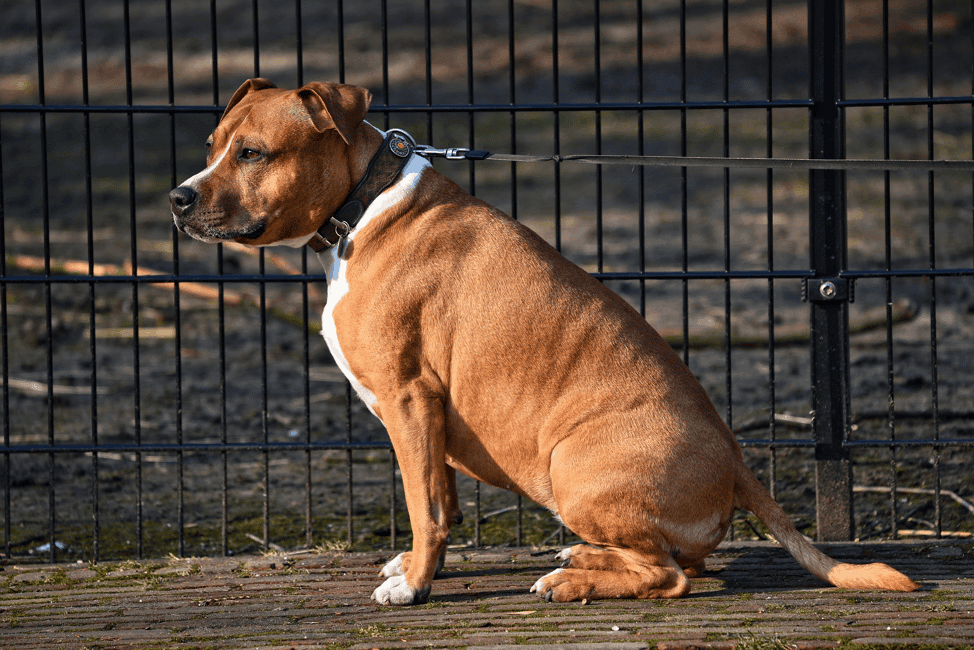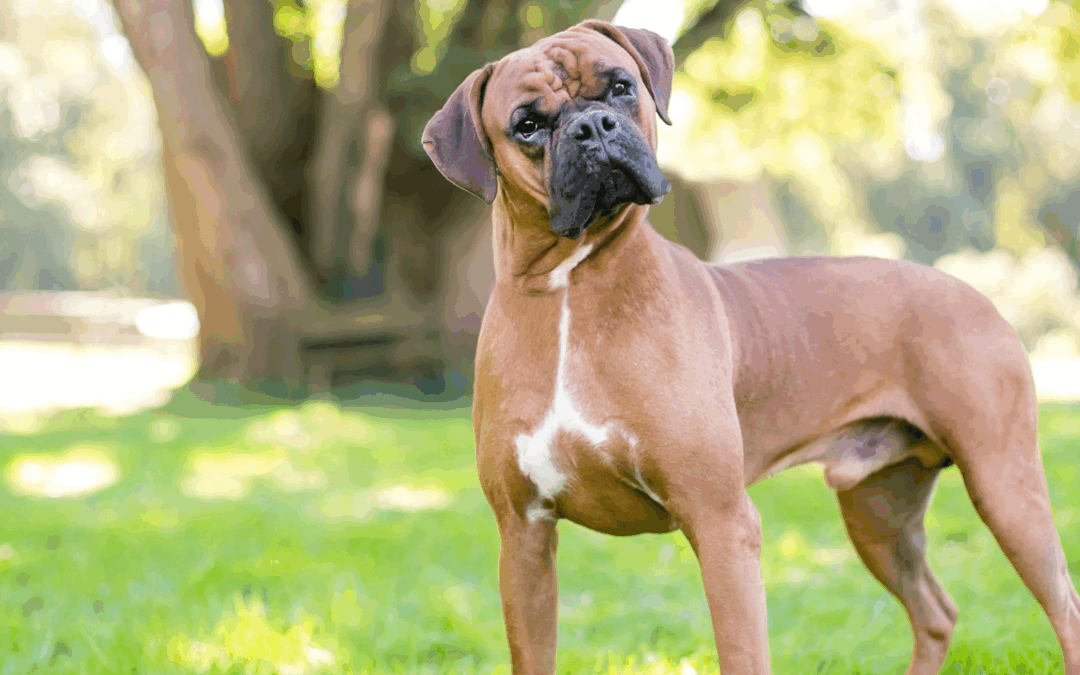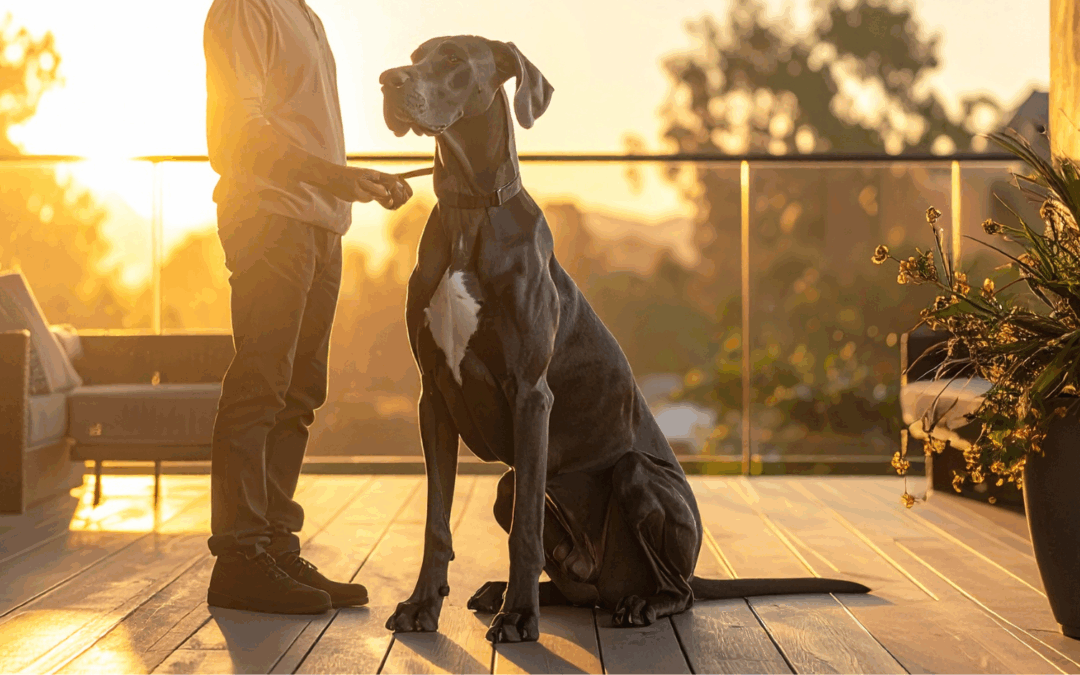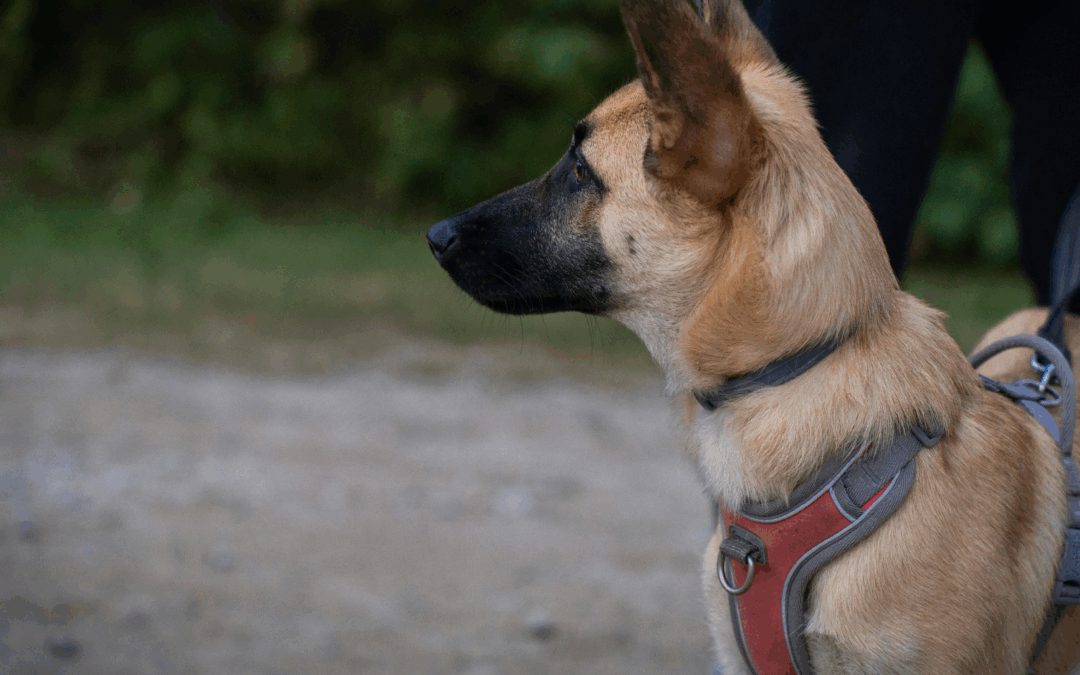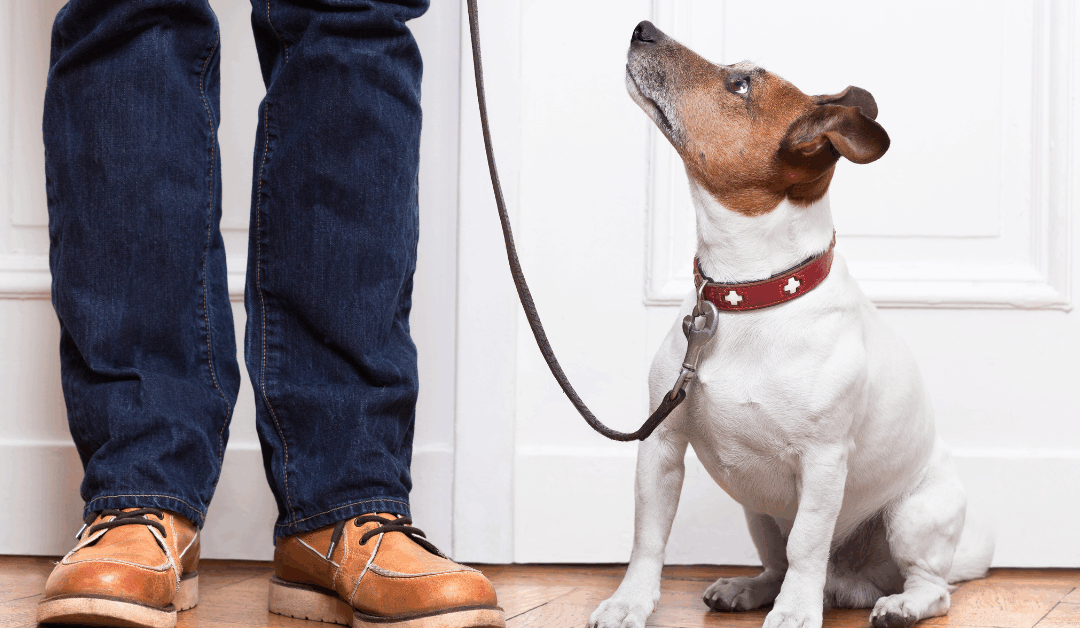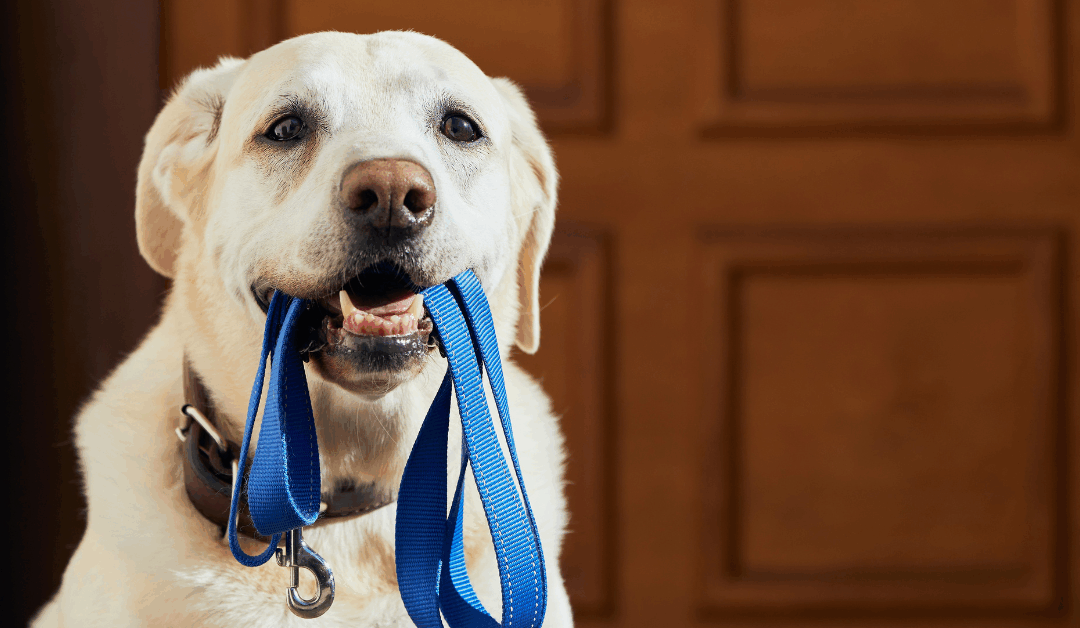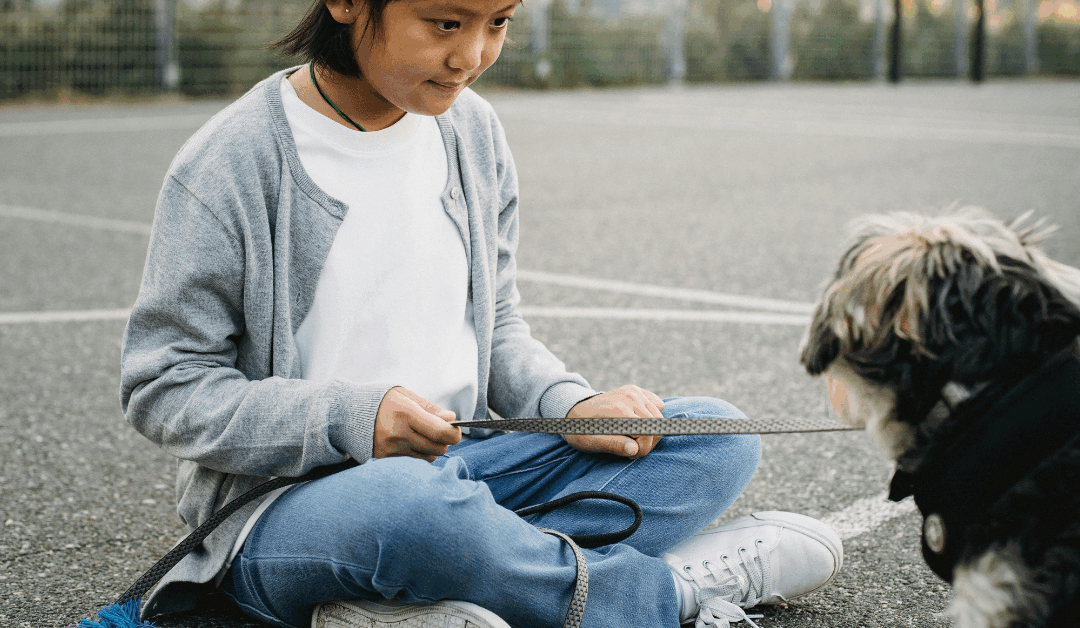Let’s face it, not everyone loves your dog as much as you do. Even though, to you, your furry friend is the perfect pet sent from heaven, your neighbors might disagree wholeheartedly. There could be many reasons why they may become annoyed by your dog, and by extension, you. Follow these tips for being a conscientious dog owner.
Fence in your backyard
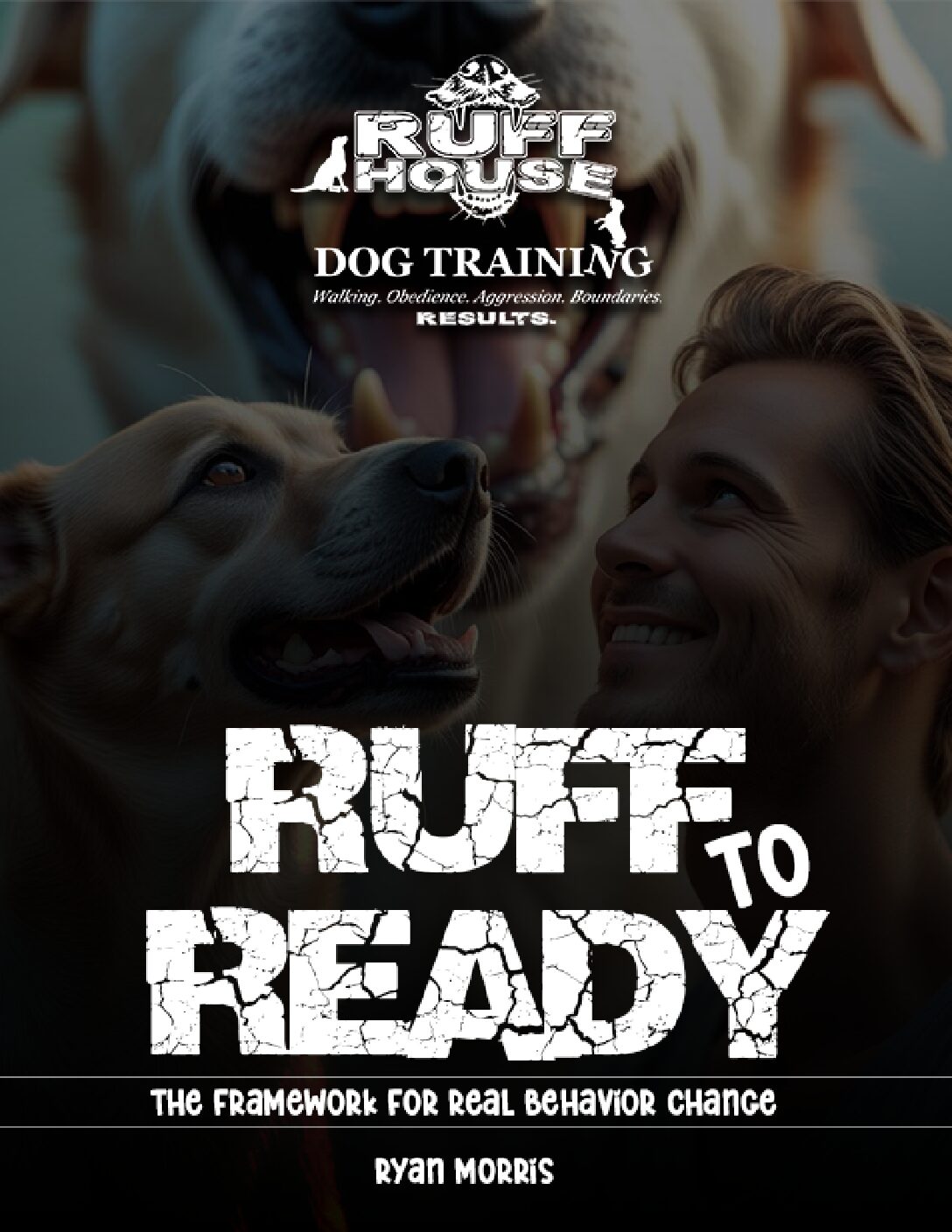
Unlock Real Behavior Change – Download Your Free Guide Now
"*" indicates required fields
If your backyard isn’t already fenced in, having one installed should be your number one priority. You don’t want your neighbors waking up to find your dog rolling around in their flower beds. According to HomeAdvisor, it costs around $1,649 – $3,956 to install a fence, but it’ll be worth it. It will not only keep your neighbors and their flowers happy, but it will also keep your dog safe. If you already have a fence, inspect if for missing boards, gaps, or holes and have them repaired because, trust me, your dog will find them and work his way through them.
Try to keep Fido quiet
Chances are your pup’s barking does not bother you all that much. You’re used to it, and you know that barking is simply his way of communicating. But your neighbors can become extremely annoyed by your dog’s barking, especially if it’s incessant. Know what kind of barking is normal, and what is not. It’s normal for your dog to alert you to the arrival of a visitor, but it’s not normal for him to bark all day for no apparent reason. If you feel your dog’s barking may be inappropriate, then consider trying some training techniques to get the situation under control. For example, keep him from becoming bored and restless by walking him and playing with him often, and also teach him the “quiet” command.
Walking etiquette
There are many faux pas you can make when taking your dog for a walk. Always keep your dog on a leash when walking in the neighborhood. In general, it’s a good idea to keep your dog on a leash to keep him safe, and it may even be the law depending on the state you live in. You may know that your dog won’t run off and attack a neighbor, but your neighbors don’t know that. Leashes put people at ease. They also prevent your dog from attacking another dog, whether it’s out of anger or love.
Don’t let your dog jump on other people or dogs. Most people don’t enjoy that, and, while most dogs don’t mind, make sure you get other dog owners’ approval before letting the dogs roll around with each other.
Don’t let your dog do his business on anyone’s property. Always immediately clean up after your dog and keep plenty of baggies on you at all times.
Track your dog’s whereabouts
Despite taking extra precautions to keep your dog from escaping, there’s still a chance he could get out. That’s why it’s a good idea to install a GPS tracker, so that you can always check your dog’s whereabouts. Your neighbors will appreciate your quick response in locating and picking up your furry friend. The tracker also acts as an important safety measure for your dog.
Get him vaccinated and spayed or neutered
In order to keep your dog and other dogs safe, keep his vaccines up to date. Certain vaccines, such as those for rabies, canine hepatitis, and distemper, are considered mandatory. Others, such as those against Bordetella bronchiseptica should be given depending on your dog’s exposure risk. Have your veterinarian determine which vaccines are appropriate for your dog, and stick to the established schedule.
Some people are hesitant to spay or neuter their pets, but it is recommended by the American Veterinary Medical Foundation for several reasons. It obviously prevents unwanted pregnancies, but also makes your dogs better neighbors by making them less restless and aggressive and reducing their urge to mark their territory. It can also reduce the risk of certain health problems.
Remember that not everyone is a dog person and that there are certain things you can and should do to be a conscientious dog-owning neighbor. Keep your dog out of your neighbors’ yard with a sturdy fence and keep him quiet as much as possible. During walks, keep him on a leash and always clean up after him. Stay up to date with vaccinations and consider having your dog spayed or neutered. Follow these rules of dog-owning etiquette, and you will keep your dog from getting on your neighbors’ last nerve.
Photo credit: Pixabay.com

